Deck & Commander Strategies

Deepmuck Desperado
Leverages graveyard interactions and milling effects to disrupt opponents while building a board presence with creatures that benefit from +1/+1 counters and incremental damage.

Queza, Augur of Agonies
Focuses on controlling opponents' graveyards and utilizing enchantments to gain incremental advantage and protect board state.
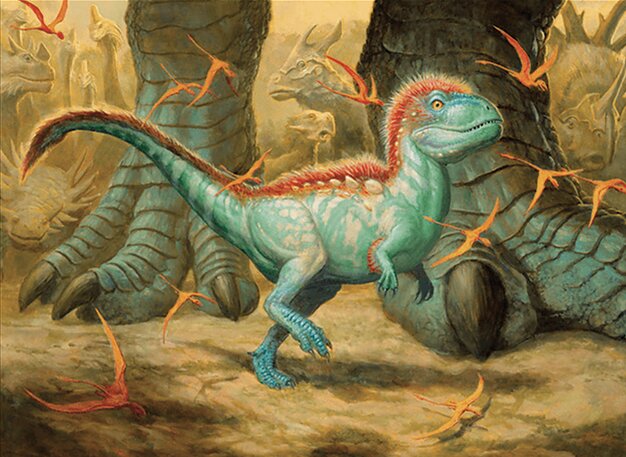
Itzquinth, Firstborn of Gishath
Aggressively applies pressure through dragons and burn spells like Dragon's Approach, aiming to reduce opponents' life totals quickly.

Karakyk Guardian
Utilizes ramp and defensive enchantments to maintain board control and generate value over time.
Gameplay Insights
- 1
Milling three cards each turn was a common theme, used both as disruption and to fuel graveyard synergies.
- 2
Relic of Progenitus was strategically used not only to clear opponents' graveyards but also to remove problematic enchantments and spells.
- 3
Dragon's Approach provided a repeatable source of damage, pushing the game toward a burn finish.
- 4
Players took advantage of +1/+1 counter synergies on creatures like Pyroeratops, increasing their board threat gradually.
- 5
Counterspells like Arcane Denial were deployed thoughtfully to protect key plays or to hinder opponents' responses, influencing the flow of combat and spellcasting.
- 6
Combat damage, including commander damage, was a critical path to victory, with players aiming to provoke blocks and maximize damage output.
Notable Cards
-

Arcane Signet
-
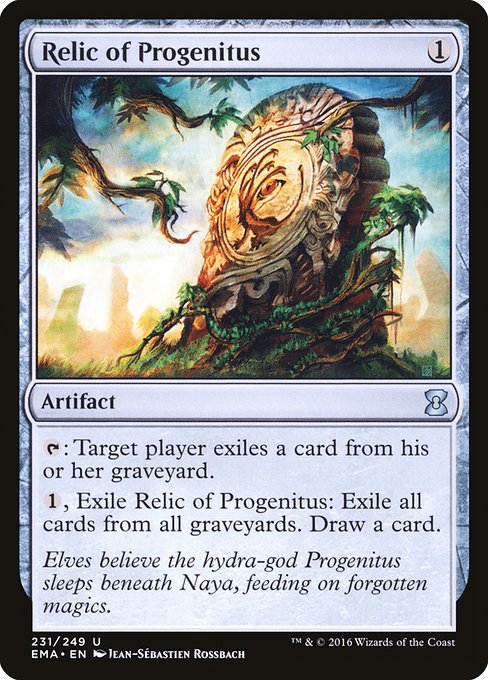
Relic of Progenitus
-
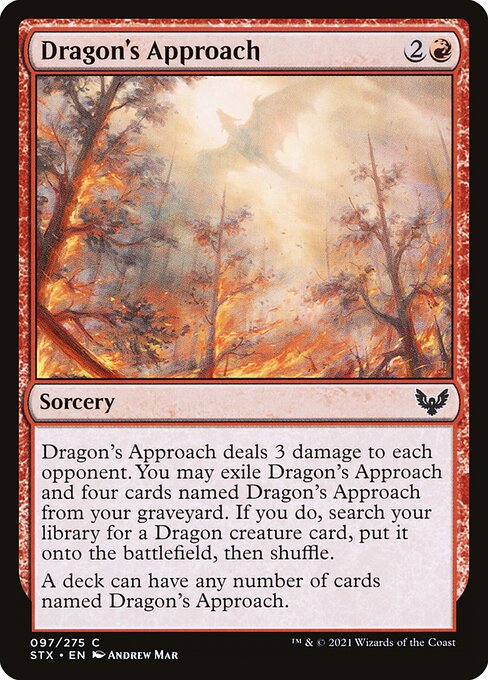
Dragon's Approach
-
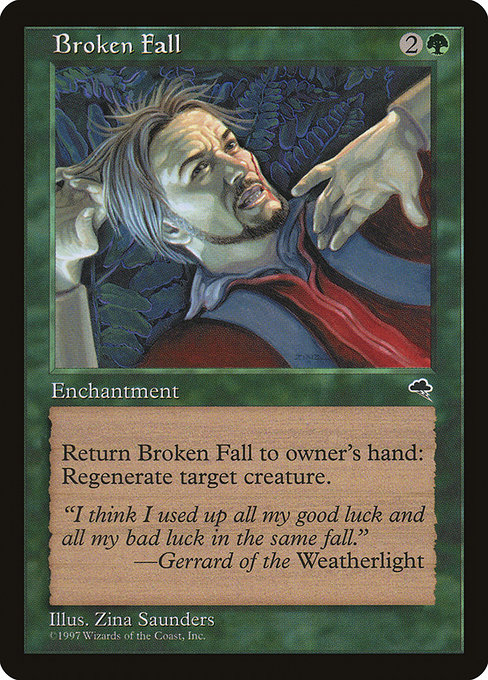
Broken Fall
-

Mystical Teachings
-
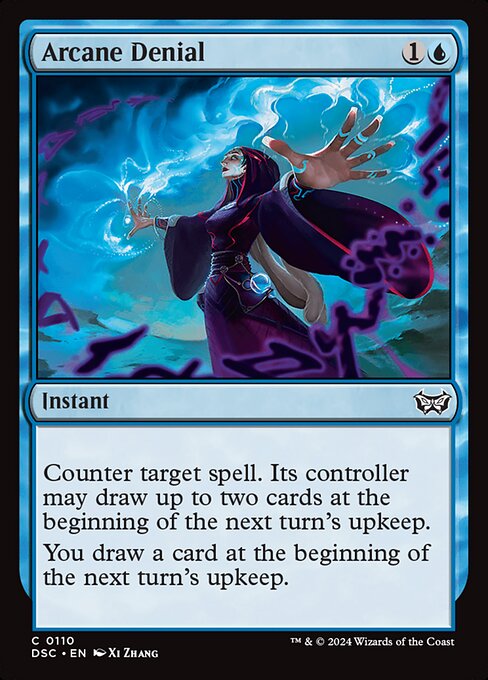
Arcane Denial
Gameplay Summary
The Pauper Commander game started with players developing their boards using low-cost creatures and ramp artifacts like Arcane Signet and Relic of Progenitus.
Early turns featured strategic milling and graveyard interactions, with players using cards like Venture Deeper to mill opponents.
One player leveraged Dragon's Approach, a burn spell dealing damage to opponents, repeatedly to pressure the table.
Several creatures with counters and synergy, such as Pyroeratops that gains +1/+1 counters when casting certain spells, established board presence and incremental damage.
The use of enchantments like Broken Fall provided defensive options through regeneration, adding resilience to the board. As the game progressed, players carefully managed their graveyards, using Relic of Progenitus to disrupt opponents' plans and protect their own resources.
Commanders were cast to increase pressure, with combat damage and commander damage both being relevant threats.
Key moments included the activation of Relic of Progenitus to remove important enchantments and spells like Mystical Teachings, which could have altered the game state significantly.
Players also used counterspells like Arcane Denial to protect their plays or disrupt others.
The game showed a dynamic interplay of creature combat, graveyard manipulation, and incremental burn damage, with the win condition revolving around controlling the board and dealing enough damage through commander damage and spells to eliminate opponents.


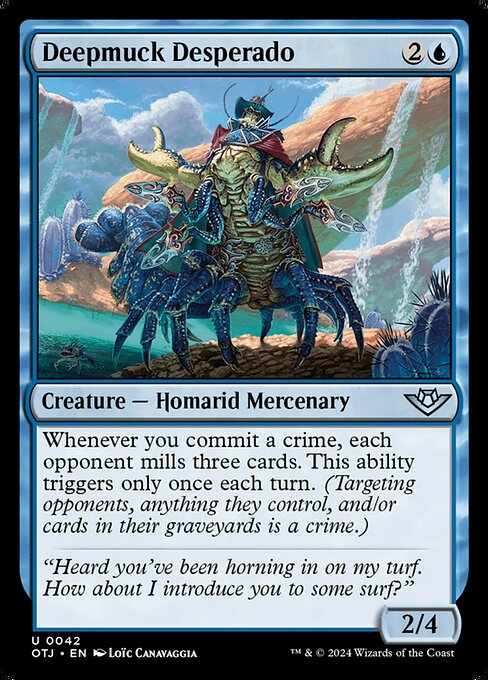















![More Streets of New Capenna [Commander VS 289] | Magic: the Gathering Commander Gameplay thumbnail](https://i.ytimg.com/vi/77jT1j7598Q/sddefault.jpg)








